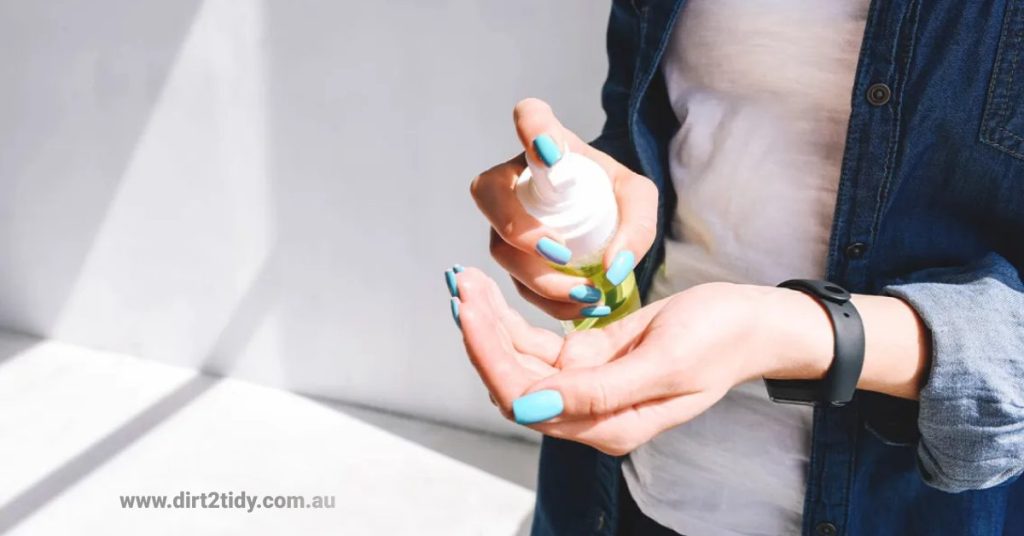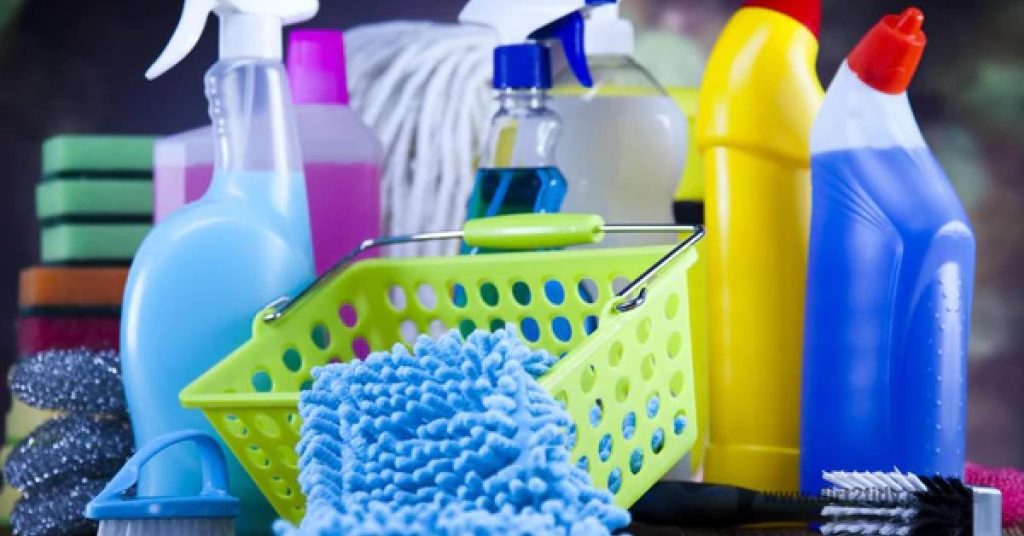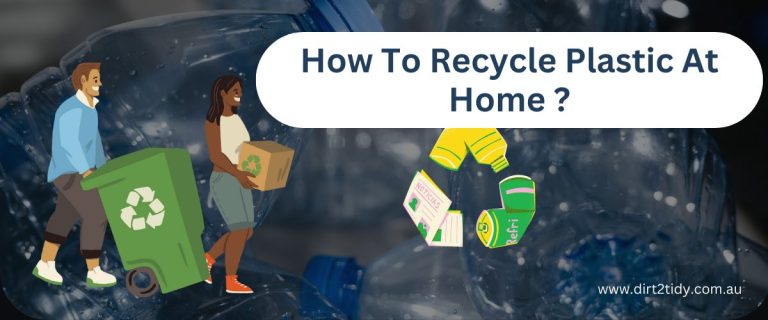
Table of Contents
Bacteria and microbes are found in almost every habitat. One square inch of human skin contains around 600,000 bacteria. Most bacteria are safe for us. But pathogens, or disease-causing germs, may be lethal. COVID-19, caused by the SARS-CoV-2 virus, is one of the most infectious and deadly illnesses ever.
It’s critical to understand how different cleaning products and disinfectants operate, as well as their benefits and drawbacks of household bleach, in order to make an informed decision on how to effectively disinfect and safeguard your facility and usage of personal protective equipment against bacteria fungi and viruses.
Why Disinfect?
Almost every environment on the planet contains bacteria and microorganisms. You might be surprised to learn that on one square inch of human skin, there are more than 600,000 bacteria. While most bacteria are harmless, disease-causing organisms—known as pathogens—can pose significant health risks. The recent COVID-19 pandemic, caused by the SARS-CoV-2 virus, underscores the potential dangers of these pathogens.
Using the right types of disinfectants routinely on surfaces throughout your facility is essential in preventing the spread of illnesses like COVID-19, influenza (flu), and the common cold. With a variety of disinfectants available on the market, understanding how they work, including their pros and cons, is crucial for making informed decisions. This knowledge not only helps in selecting the appropriate products but also in implementing effective cleaning protocols that protect the occupants of your facility.
How Do Antiseptics Work?
Disinfectants are chemicals used on non-living materials to kill bacteria, viruses, fungus, mould, and mildew. Disinfectant formulae must be registered with the EPA (EPA).
Each disinfectant’s “active ingredient” kills bacteria by disrupting or destroying their cells. Other substances assist active ingredients in various ways. Surfactants can be added to disinfectant formulas to aid ensure constant wetting and cleaning.

Main Disinfectant Types
Commercial and industrial cleaning uses a variety of disinfectants to kill pathogens.
You may also like to read: What solution do professional carpet cleaners use?
Air disinfectants, Aldehydes, Oxidizing Agents, Phenolics, Quaternary Ammonium Compounds, Silver, and Copper Alloy Surfaces are some examples.
Air Sanitizers
Air disinfectants are chemicals that can kill bacterial spores in the air. Disinfectants aren’t just for surfaces, as many people believe.
A 2022 research demonstrated that diluted bleach mists might destroy airborne germs. An air disinfectant must be spread as an aerosol or vapour in sufficient concentration to considerably reduce the number of pathogenic bacteria within fem minutes of contact time.
These chemicals are effective air disinfectants because they kill germs quickly and are not hazardous to mammals.
Although glycols are excellent air disinfectants in controlled laboratory settings, they are less successful in real-world settings due to the need for continual activity and studies showed.
For surface disinfection, continuous action in real-world situations with outside air exchanges at door and HVAC interfaces, and materials that absorb and remove glycols from the air, provide technical hurdles. It is still not clear how to design a high concentration of glycol vapours in the air.

Alcohol Cleaners
Alcohols, mainly ethanol or isopropanol, are employed as disinfectants and antiseptics, although mostly on living tissue rather than nonliving surfaces due to the high level of disinfectant. These non-corrosive alcohols can cause fires.
Due to evaporation, they have low residual activity, resulting in short contact durations unless buried. They are inactive in the presence of biological matter.
Alcohols work best when mixed with purified water to enhance membrane diffusion; pure alcohol denatures only exterior membrane proteins.
Disinfecting moist surfaces with 75% ethanol or isopropanol is effective against a wide range of germs. Also, high-concentration combinations (such as 80% ethanol + 5% isopropanol) are necessary to inactivate lipid-enveloped viruses (such as HIV, hepatitis B, and hepatitis C). Aside from hepatitis A, alcohol has little efficacy against most non-enveloped viruses and spores.
Activated by organic materials, but with residual action. Because glutaraldehyde can cause asthma and other health issues, ortho-phthalaldehyde is replacing glutaraldehyde.
Oxidizing Agents
Oxidizing agents work by oxidising microorganisms’ cell membranes, causing structural loss, lysis, and death. Many disinfectants work in this way. In this case, chlorine and oxygen are potent oxidizers.
Some home disinfectants include phenolics. Some mouthwashes, disinfecting soaps, and handwashes contain them.
Quaternary ammonium compounds (quats) include benzalkonium chloride. Some concentrated formulations work well as low-level disinfectants. Quats are ineffective against non-enveloped viruses including norovirus, rotavirus, and poliovirus.
Advantages of Quats:
- Cost-Effective: Quats are a popular choice in hospital and institutional settings due to their affordability, making them an economical option for large-scale disinfection tasks.
- Fast-Acting: Known for their rapid action, quats efficiently target a wide range of microorganisms, which is crucial for maintaining hygiene in environments where quick turnaround is essential.
- Versatile Usage: These compounds can be formulated with various detergents, offering dual functionality by combining cleaning and disinfecting properties. This versatility adds to their appeal for those seeking comprehensive solutions.
Limitations:
- Ineffectiveness Against Certain Pathogens: Despite their broad-spectrum capabilities, quats fall short against non-enveloped viruses like norovirus, rotavirus, and poliovirus. This limitation should be considered when selecting a disinfectant for environments at risk of these particular pathogens.
By balancing their numerous advantages with an understanding of their limitations, quats can be effectively integrated into a comprehensive disinfection strategy.
Characteristics and Benefits of Hydrogen Peroxide-Based Disinfectants
Hydrogen peroxide disinfectants are widely recognized for their eco-friendly and sustainable nature. Unlike other chemical cleaners, these products decompose into water and oxygen, leaving no harmful residues.
Key Characteristics:
- Broad-Spectrum Efficacy: These disinfectants are effective against a wide variety of bacteria and viruses. Some formulations can neutralize threats like SARS-CoV-2 in merely one minute.
- Mild Acidity: The slight acidity of hydrogen peroxide contributes to its effectiveness as a cleaner while remaining gentle on various surfaces.
- Fast-Acting: They rapidly disinfect, making them ideal for situations requiring quick pathogen elimination.
Benefits:
- Safety and Environmental Impact: As they break down into non-toxic components, hydrogen peroxide-based cleaners are both safe for users and environmentally friendly.
- Versatility: Suitable for diverse environments, they can be used in households, hospitals, and schools without inducing harm to people or pets.
- Ease of Use: When available in ready-to-use (RTU) formulations, these disinfectants require no dilution or preparation.
Caution: While RTU products are safe, it’s important to handle concentrated forms carefully, as they can pose hazards if not managed properly.

Disinfectants Types
Surface disinfectants come in numerous varieties. Because they don’t operate equally effectively against all microorganisms, they are frequently developed for specialized purposes. Pores are resistant to most disinfectants.
Chlorine Compounds
Chlorine-based disinfectants are powerful agents that kill a wide array of organisms, including resistant viruses. They are particularly recommended for cleaning bodily fluids due to their effectiveness and affordability. However, their use comes with potential drawbacks. They can be corrosive and cause discoloration or irritation if not used as directed. These properties make them ideal for healthcare settings and food processing, where quick kill times are advantageous.
Other Disinfectants
Disinfectants include antiseptics in higher quantities. Skin disinfectants should not be utilized. Chemo-disinfect
- Alcohol
- Formaldehyde
- Glutaraldehyde
- QAMCs
- Chlorine and chloramines
- Iodophors
- Phosphatidyl (OPA)
- Phenolics
- Peroxygen
- P.A.
- Acetic acid and peroxide
Other disinfectants include:
- UV rays
- Germicides
- Pasteurization
- Microbicide metals
- WASHING-DISSEMINATORS
When Are Iodophors Used as Disinfectants?
Iodophors are primarily employed in the disinfection of semi-critical medical equipment. They provide an effective solution where sterilization must be achieved without resorting to high levels of heat or chemicals that might damage the instruments. This makes iodophors ideal for items that come into contact with mucous membranes or non-intact skin, such as endoscopes or thermometers.
Drawbacks of Using Iodophors
Despite their efficacy, iodophors do come with certain disadvantages:
- Staining Potential: One significant drawback is their ability to stain surfaces, which can be problematic in maintaining the appearance of medical and facility equipment.
- Odor: They release an iodine-like odor, which some users find unpleasant. This can be a concern in environments where a sterile smell is preferred for patient comfort.
- Declining Use: Due to the aforementioned reasons and the development of more advanced disinfectants, iodophors are becoming less common in the regular maintenance of medical facilities.
Iodophors remain valuable for specific disinfection needs but require careful consideration due to their potential drawbacks.
Proper Disinfectant Use
Effective disinfectants must be applied appropriately. The manufacturer will offer use instructions. Considerations include:
- If the disinfectant kills the microorganism
- If the disinfectant is properly diluted
- How long disinfectant must stay on the surface
- Validity of the disinfectant
- Cleaning before disinfection
- pH and water temperature
- Hardness
- If the disinfectant you’re using is safe for the surface
- Precautions against dangers
By understanding the specific properties and potential drawbacks of each type of disinfectant, you can ensure their effective and safe use in various settings.
How to Choose a Disinfectant?
When selecting a disinfectant for your facility, you should consider four factors. These questions will help you identify the appropriate product(s) for your firm.
Efficiency
Does a disinfectant destroy the germs and pathogens that pose the greatest threat to your facility? For example, Staphylococcus aureus Methicillin Resistant (MRSA).
The EPA has authorised certain disinfectants against this pathogen. Do not overlook the fact that disinfectants are approved for certain pathogen strains. Uno also kills CA-MRSA (Community Associated Methicillin-Resistant Staphylococcus aureus). Healthcare, education, long-term care, and hospitality all have unique demands and expectations.
Certification and Specificity
To determine if a disinfectant is effective against specific microbes and pathogens, it’s important to check for EPA approval. This certification ensures that the product has been tested and proven effective against particular strains of pathogens. Keep in mind that pathogens can have multiple strains, and disinfectants must be chosen based on their ability to target the specific strains present in your environment.
Industry Needs
Depending on your industry—be it healthcare, education, long-term care, or hospitality—your facility will have varying needs and requirements. Each industry faces unique challenges, which means the disinfectants you choose should align with those specific concerns to ensure comprehensive protection.
By considering these factors, you’ll be better equipped to select a disinfectant that not only meets regulatory standards but also addresses the unique microbial threats your facility may face.
How fast does a disinfectant destroy a pathogen?
Is the product keeping surfaces moist enough to meet these kill times? To be effective, disinfectant solutions must be moist on a surface for an extended period of time.
You may also like to read: Why does my bissell vacuum make a loud noise
A common kill time is 30 seconds to 5 minutes. If a disinfectant says 10 minutes, make sure it stays soaked for that long. Alcohol-based disinfectants may evaporate quickly. Read and follow all usage and rewetting instructions.
Health and Safety
Is the product safe to use on humans and surfaces? As stated before in this text, certain disinfectants are poisonous, discolour, corrosive, or have an unpleasant odour.
Check product toxicity and flammability ratings, as well as any PPE requirements for disinfectants. Make sure a disinfectant won’t harm the surface it’s on.
Usability
Is the process for using a disinfectant realistic for your facility? Applications with several phases may not be practical. Water hardness can affect the efficacy of some disinfection solutions.
Sorting through information regarding disinfectants takes effort, but it’s necessary to make the best maintenance choice for your business.
Ease of use is a critical factor in determining a disinfectant’s practicality. Some products require complex, multi-step application processes that may not suit busy environments. In contrast, single-step solutions can be a game-changer, addressing a broad spectrum of bacteria, viruses, fungi, and mildew efficiently.
Having the correct items on hand and a sound plan to avoid sickness and infection will save time and money, offering peace of mind to you, your employees, and any visitors. By choosing disinfectants that combine effectiveness with simplicity, you ensure that safety protocols are not only met but are easy to maintain consistently.






